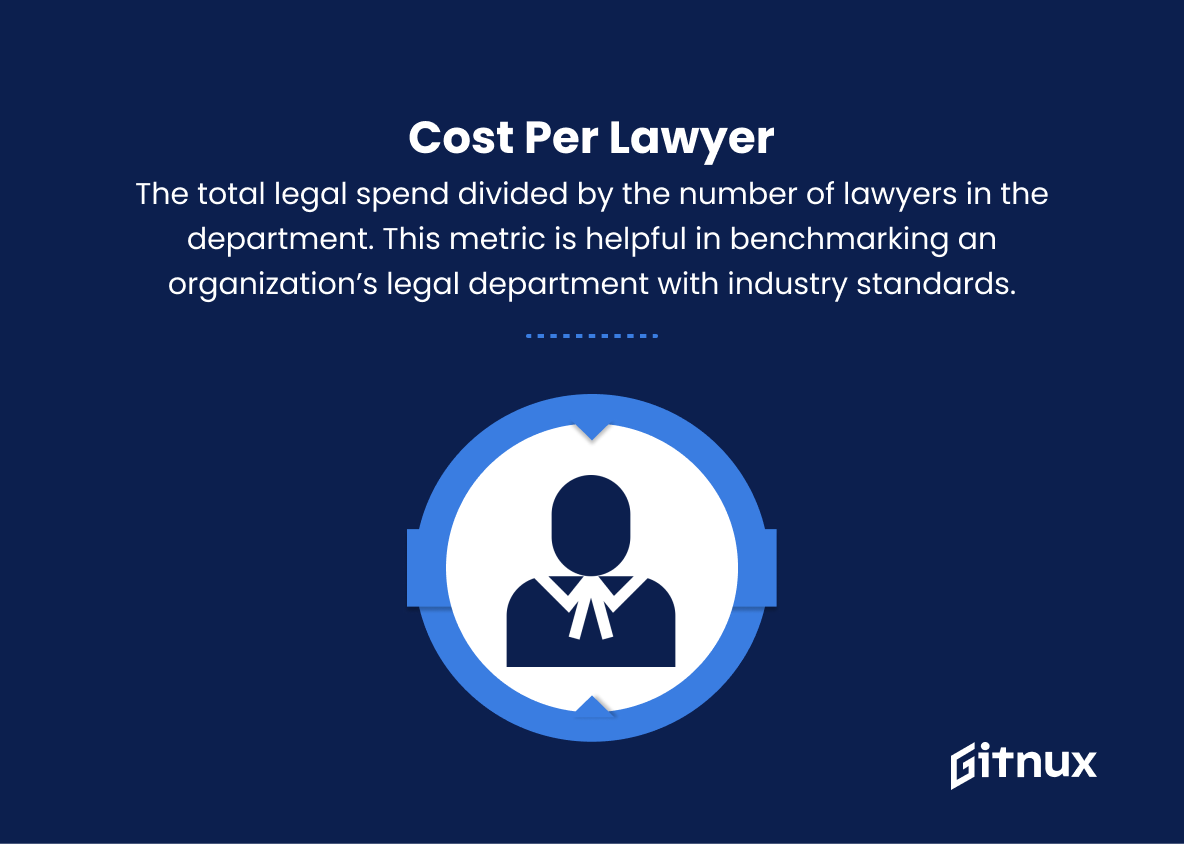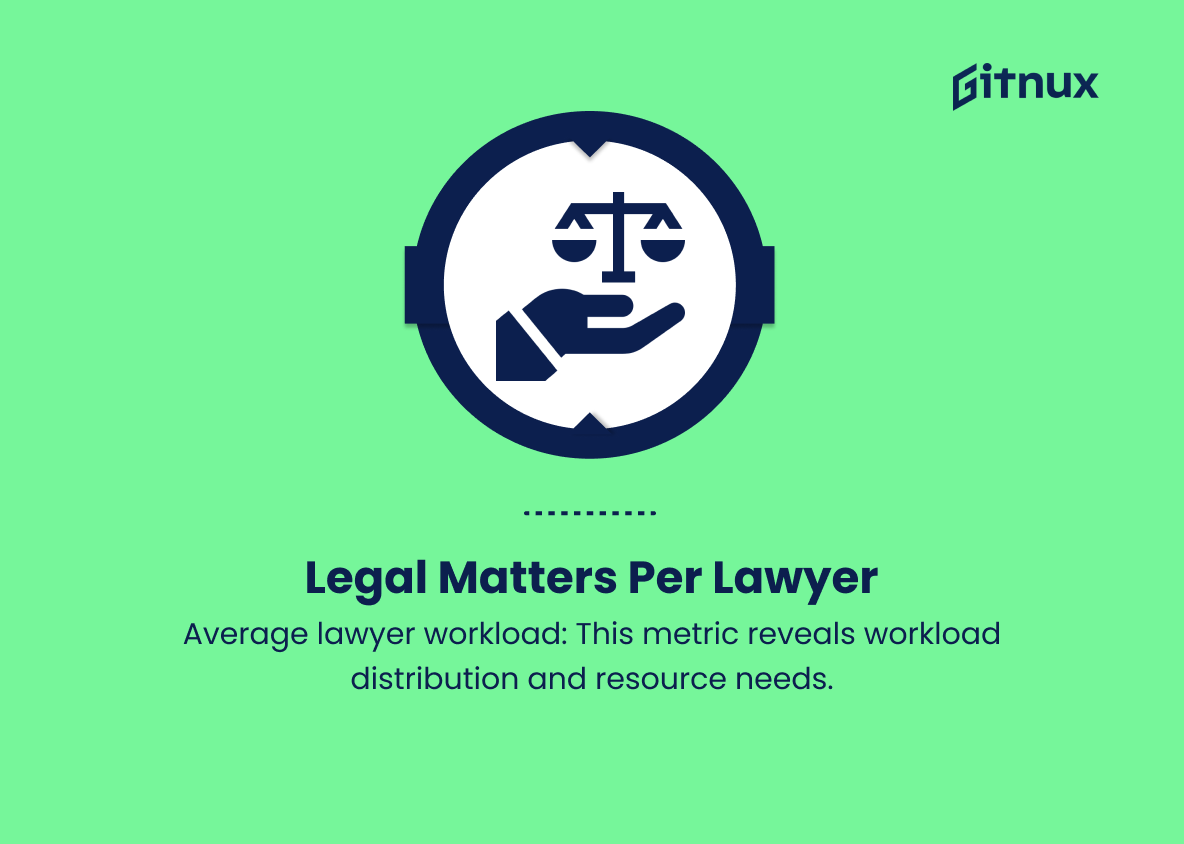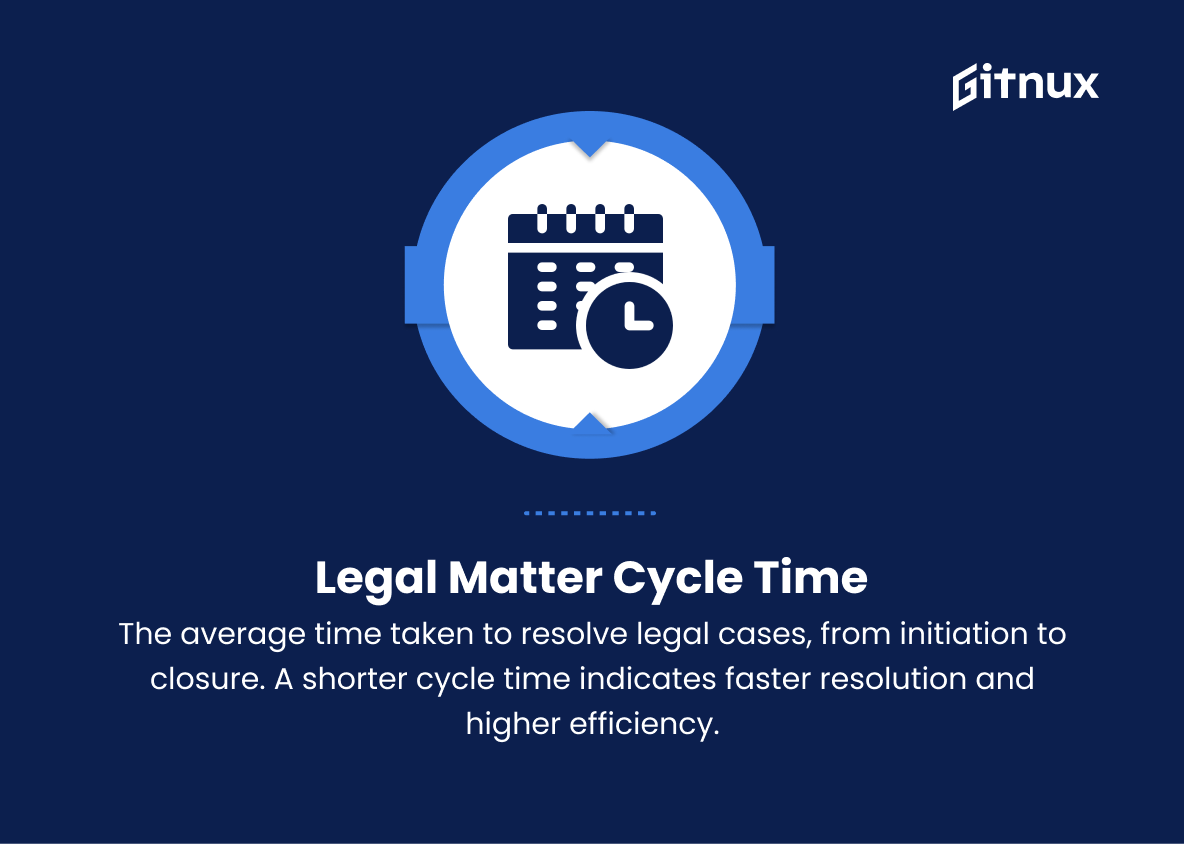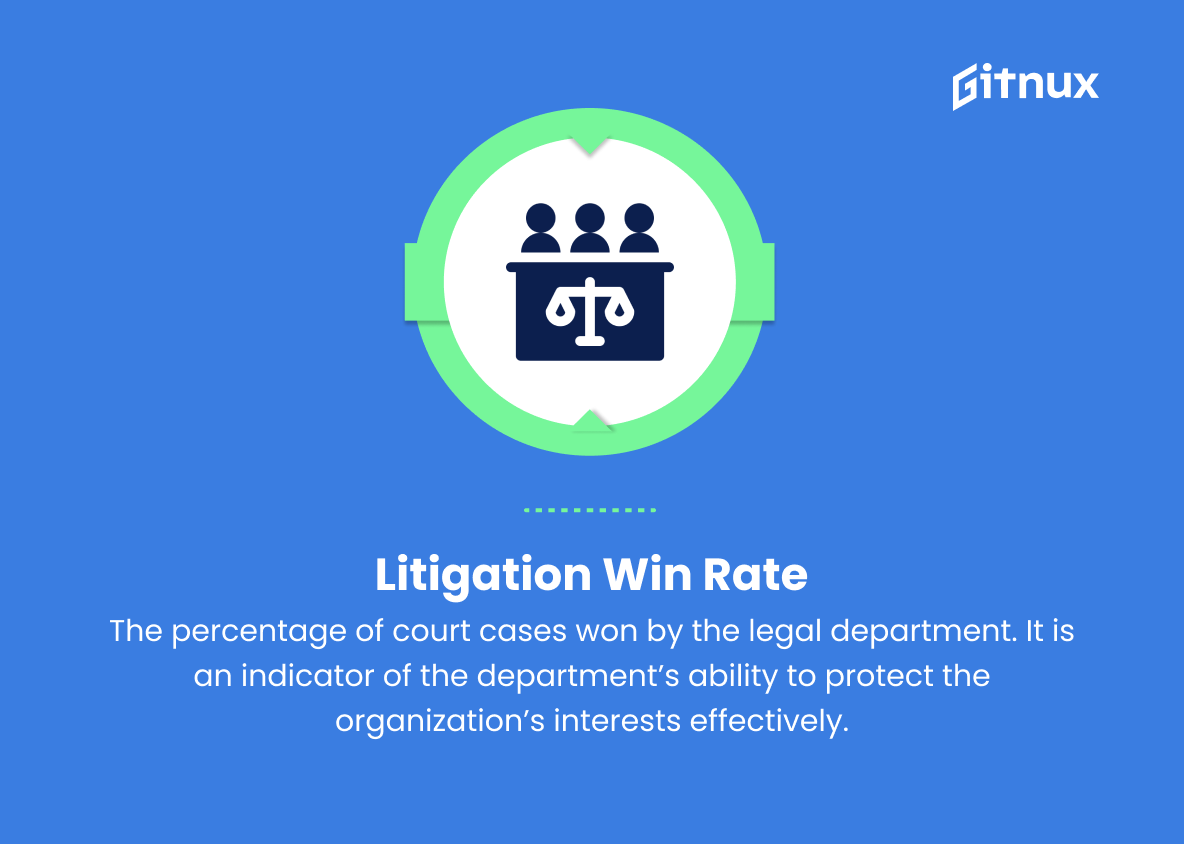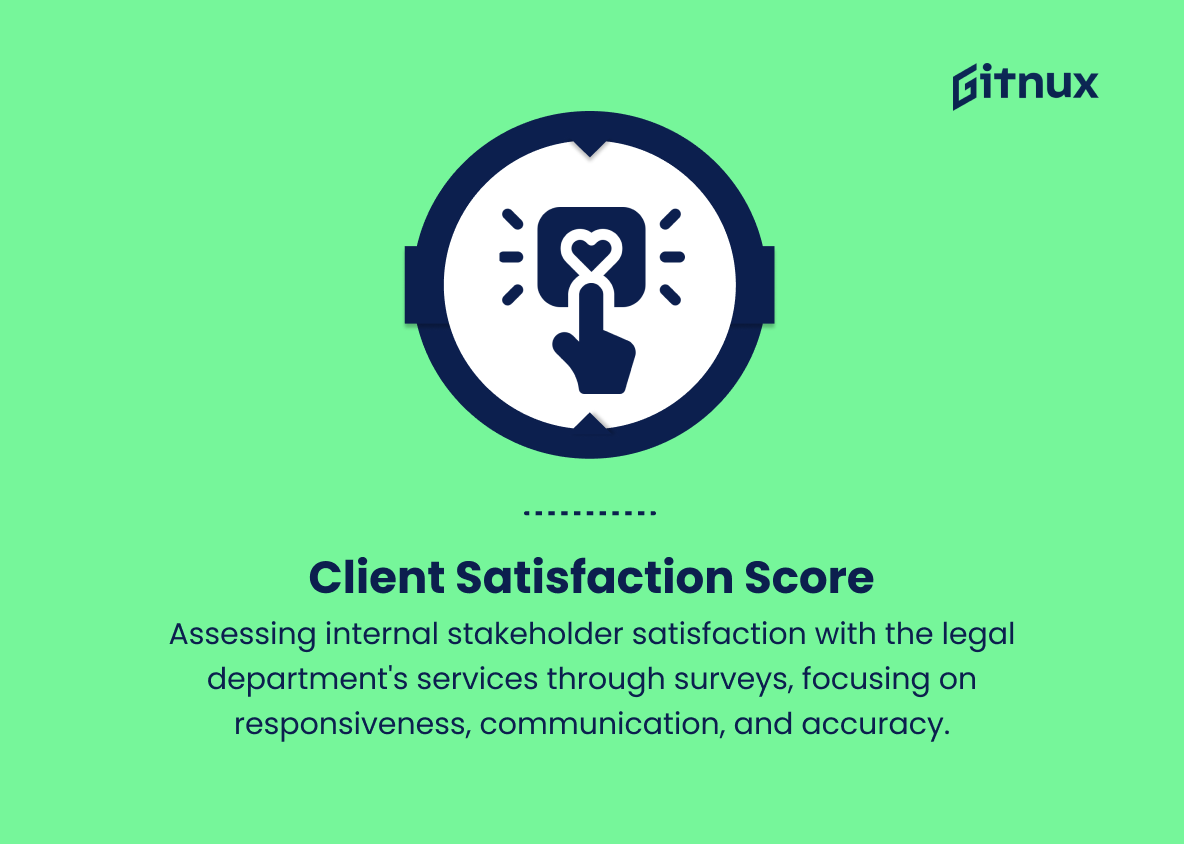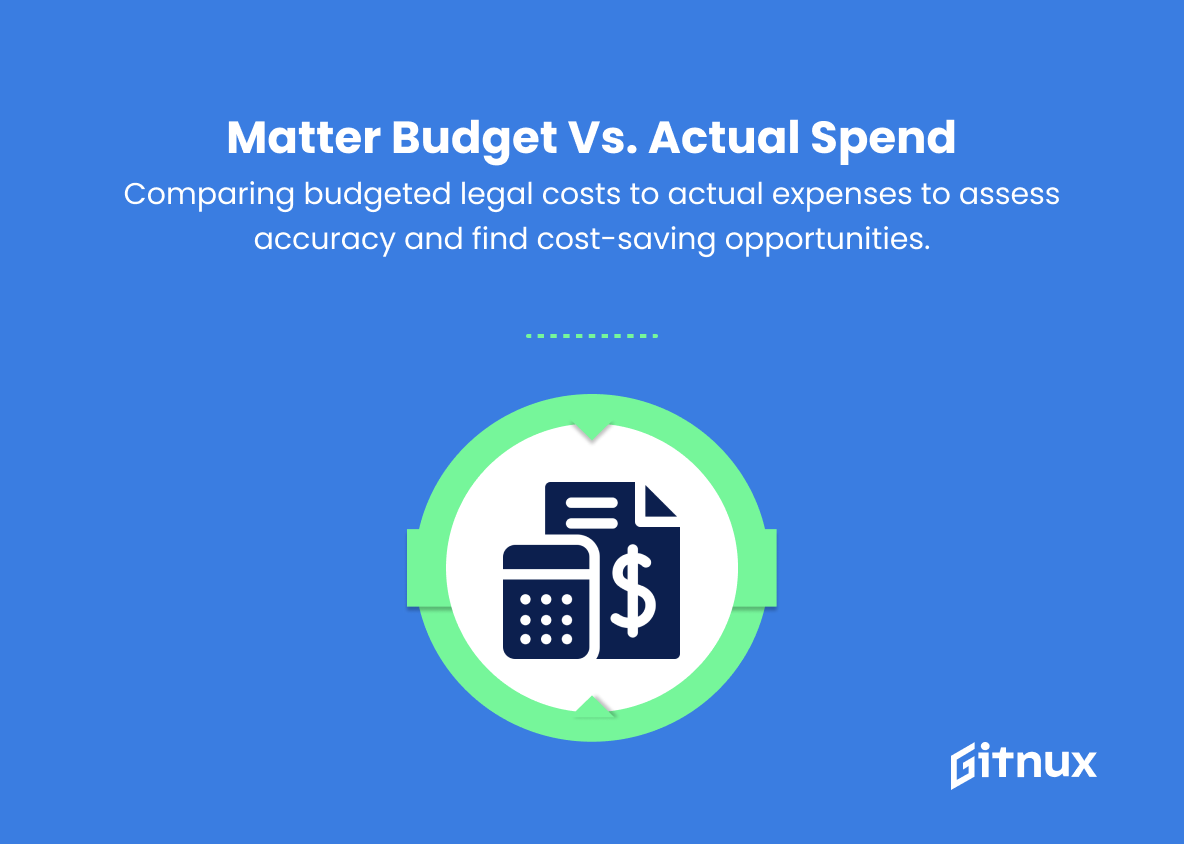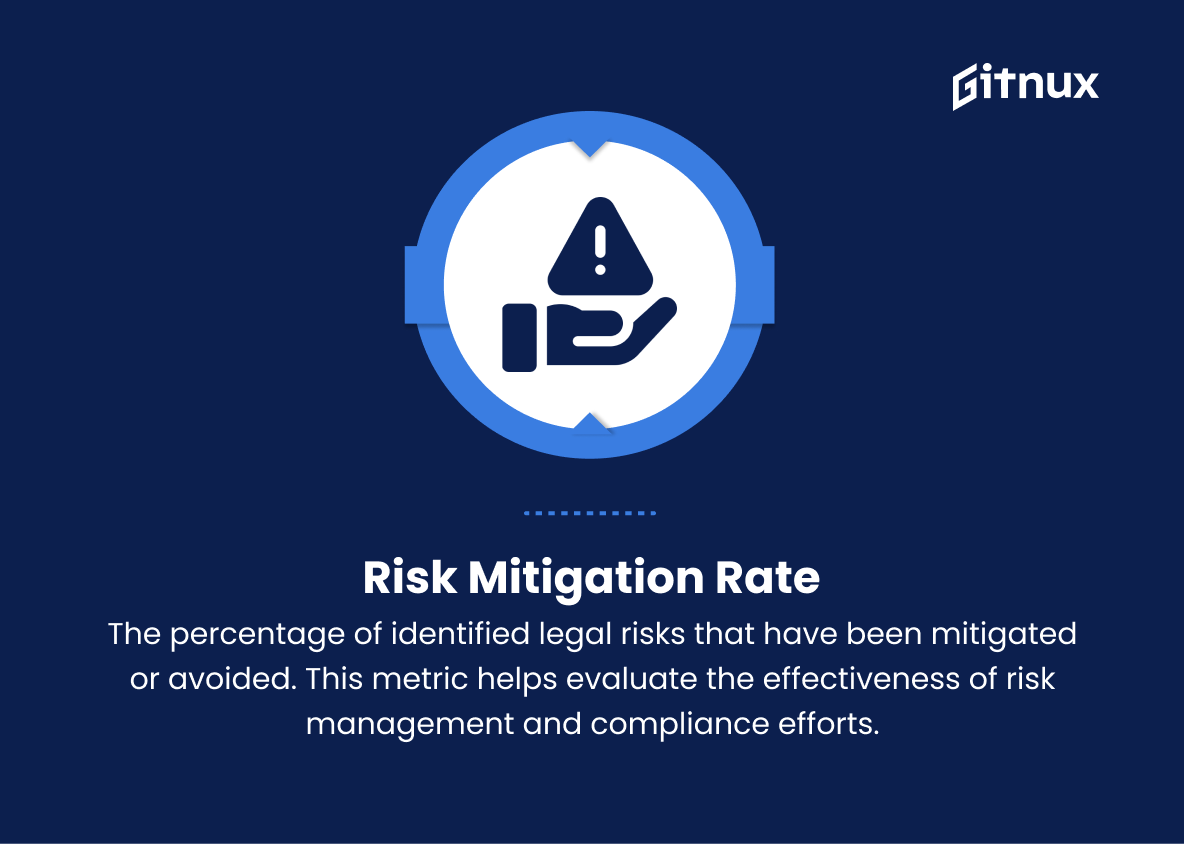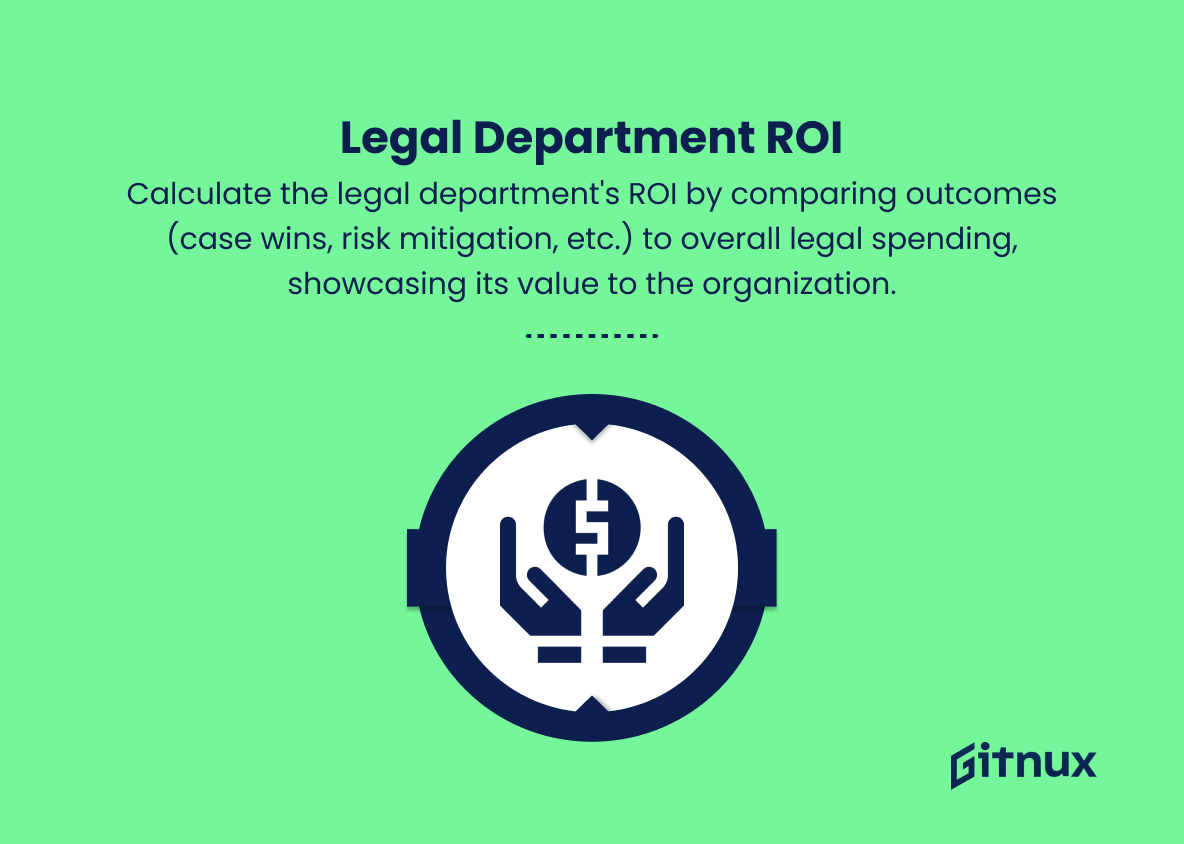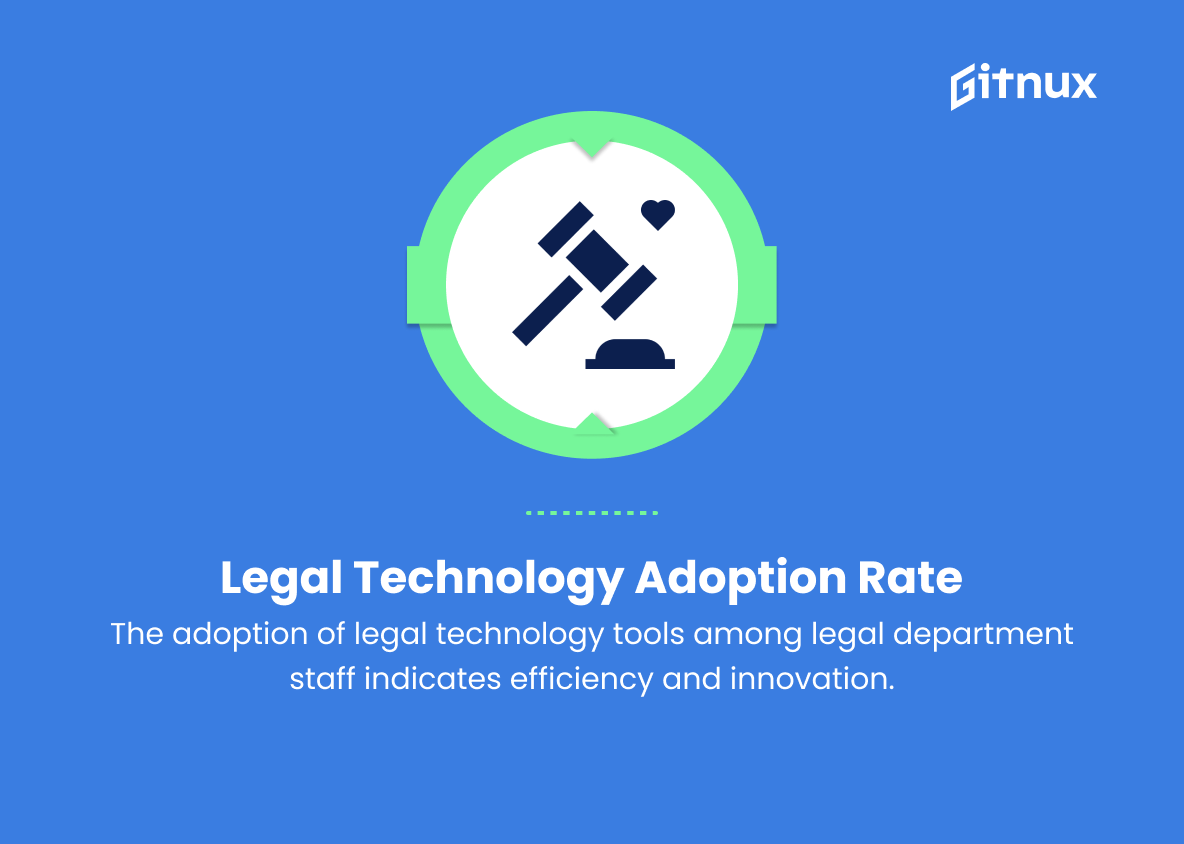In today’s fast-paced and ever-evolving legal landscape, businesses and legal departments must consistently adapt and optimize their operations to stay ahead. The continuous need for efficiency, accuracy, and demonstrating the value of the legal department’s contributions to the organization necessitates a thorough understanding of performance metrics. Legal department metrics are essential for measuring the effectiveness and value of a legal department, allowing management to make informed decisions, and promoting transparency within the organization.
In this blog post, we will delve into the importance of legal department metrics, discussing key performance indicators (KPIs), best practices for implementation, and how these metrics can impact overall organizational success.
Legal Department Metrics You Should Know
1. Legal Spend
The total cost of legal services, including internal and external expenses. It helps in budgeting and evaluating return on investment.
2. Outside Counsel Spend
The amount spent on external legal services (law firms, consultants, etc.) as a part of the overall legal spend. This metric helps assess the efficiency of in-house resources and cost-effectiveness of outsourcing legal work.
3. Legal Headcount
The number of staff members in the legal department, including lawyers, paralegals, and support staff. This metric aids in gauging the department’s capacity to handle workload and budget allocation for staffing.
4. Cost per Lawyer
The total legal spend divided by the number of lawyers in the department. This metric is helpful in benchmarking an organization’s legal department with industry standards.
5. Legal Matters per Lawyer
The average number of legal cases, projects, or tasks handled by each lawyer. This metric provides an insight into the workload distribution and helps identify if additional resources may be required.
6. Case Closure Rate
The percentage of cases resolved or closed in a specific period. This metric helps assess the efficiency of the legal department in resolving legal matters.
7. Legal Matter Cycle Time
The average time taken to resolve legal cases, from initiation to closure. A shorter cycle time indicates faster resolution and higher efficiency.
8. Contract Review/Approval Time
The average time taken to review, negotiate, and approve contracts. It helps measure the speed and efficiency of legal contract management.
9. Litigation Win Rate
The percentage of court cases won by the legal department. It is an indicator of the department’s ability to protect the organization’s interests effectively.
10. Compliance Violation Rate
The number of compliance incidents or violations in a specific period compared to the overall number of legal matters. This metric helps assess the effectiveness of the legal department in maintaining regulatory compliance.
11. Client Satisfaction Score
A measure of internal stakeholders’ satisfaction with the legal department’s services, often based on a survey with key performance indicators such as responsiveness, communication, and accuracy.
12. Matter Budget vs. Actual Spend
A comparison of budgeted costs for specific legal matters versus the actual expenses incurred. This metric helps in assessing budgeting accuracy and identifying areas for cost optimization.
13. Risk Mitigation Rate
The percentage of identified legal risks that have been mitigated or avoided. This metric helps evaluate the effectiveness of risk management and compliance efforts.
14. Legal Department ROI
The return on investment for the legal department calculated by comparing the outcomes (case wins, risks mitigated, etc.) to the overall legal spend. This metric helps demonstrate the value provided by the legal department to the organization.
15. Legal Technology Adoption Rate
The percentage of legal department staff utilizing legal technology tools to aid in their daily responsibilities. A higher adoption rate indicates a more efficient and innovative legal department.
Legal Department Metrics Explained
Legal department metrics are essential for measuring the performance, efficiency, and overall value of a legal team within an organization. Metrics like legal spend and outside counsel spend play a crucial role in budgeting and evaluating the return on investment, while legal headcount, cost per lawyer, and legal matters per lawyer help in gauging the capacity of a legal team. Metrics such as case closure rate, matter cycle time, contract review/approval time, litigation win rate, and compliance violation rate provide insights into the efficiency and effectiveness of a legal department in handling their workload and maintaining regulatory compliance.
Clients’ satisfaction scores, matter budget vs. actual spend, risk mitigation rate, legal department ROI, and legal technology adoption rate serve as vital indicators of the department’s performance, the value it brings to the organization, and its potential areas for improvement. By consistently tracking and analyzing these metrics, organizations can ensure their legal department functions effectively and aligns with strategic goals.
Conclusion
In conclusion, establishing and tracking legal department metrics is essential for the modern legal department’s continued success. By measuring key performance indicators (KPIs), such as workload and staffing efficiency, cost control, and outside counsel management, legal departments can make informed decisions to optimize their operations and better align with their organization’s strategic objectives.
Moreover, timely and accurate reporting of these metrics plays a crucial role in assessing the value of the legal department to the organization and demonstrating the importance of continued investment in its resources. As the legal landscape becomes more complex, embracing the use of data-driven insights and analytics will prove to be a powerful tool in navigating the path to success for legal teams worldwide.



